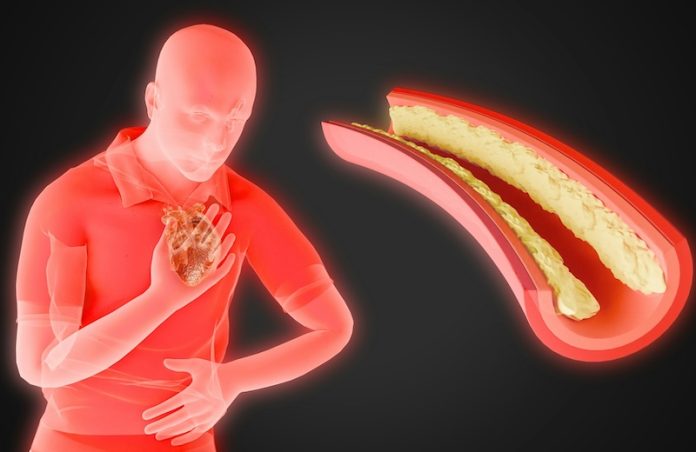
Each year, millions of catheters are used worldwide to treat vascular diseases, including heart problems and artery blockages.
However, one common challenge during these procedures is the friction between the catheter and the blood vessel walls. This friction can lead to complications, such as damage to the vessel or difficulty navigating the catheter.
Now, researchers led by Mostafa Atalla have developed a groundbreaking catheter technology that can change its friction level with the flick of a switch, making procedures safer and more efficient. Their findings were published in IEEE Transactions on Medical Robotics and Bionics.
How It Works
The prototype catheter is equipped with advanced friction control modules that adjust the friction between the catheter and the vessel wall.
This is achieved through ultrasonic vibrations, which create pressure in a thin layer of fluid around the catheter. These vibrations allow the catheter to switch between two modes:
- Low-friction mode: For smooth and easy navigation through blood vessels.
- High-friction mode: For greater stability when the catheter needs to stay in place during a procedure.
This innovative “variable friction” design provides precise control, improving both the safety and effectiveness of vascular treatments.
Promising Results
In their initial tests, Atalla and his team demonstrated that the prototype significantly reduces friction, with an average reduction of 60% on rigid surfaces and 11% on softer surfaces. The technology was also tested on animal aortic tissue, where it showed great potential for medical applications.
The researchers found that the ability to adjust friction helped improve the catheter’s maneuverability while minimizing damage to the surrounding tissue. This makes it especially useful for delicate and complex procedures.
Future Applications
The team is now exploring other potential uses for this technology beyond vascular treatments. For instance, the variable friction catheter could be adapted for bowel interventions or other medical procedures where precise navigation and stability are crucial.
This innovative approach to catheter design could revolutionize how endovascular procedures are performed, making them safer for patients and easier for doctors to carry out.
As research continues, this technology could become a standard tool in medical care, reducing complications and improving outcomes for millions of patients worldwide.
If you care about coffee, please read studies that drinking coffee this way can help prevent stroke, heart disease, and drink coffee after breakfast, not before, for better blood sugar control.
For more information about nutrition, please see recent studies about natural supplement that could relieve anxiety, and results showing this common food oil in the U.S. can change genes in the brain.
The research findings can be found in IEEE Transactions on Medical Robotics and Bionics.
Copyright © 2024 Knowridge Science Report. All rights reserved.



